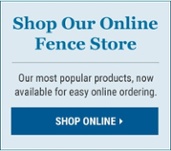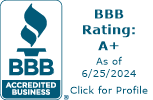Making It Real Down On The Farm
Back in the day, in the early 70s, my best friend had grown up on a dairy farm in Georgia. I first met Betty in 1972 when we started nursing school in Atlanta–good old Georgia Baptist Hospital School of Nursing. I took many trips down to the farm with Betty. What an eye-opener for this suburban girl accustomed to dresses and bows.
One of my most memorable moments was when we were hanging around the cows. Betty’s big old teddy bear of a dad called out to ask if I wanted fresh milk. He didn’t call it raw, just fresh. Inside the tank room, he put a glass under the spigot on the milk holding tank and filled it with fresh, 32-degree milk. It was the best milk I had ever tasted, even today.
Raw milk is making a comeback these days because of the enormous benefits of drinking non-pasteurized, non-homogenized milk. Oh, there’s plenty of information warning you against raw milk, but it’s what human beings have consumed for most of our existence on this earth. I
In cultures where people still follow their ancestral diets, they never pasteurize or homogenize milk. However, they ferment it and consume it in forms like yogurt, kefir, cultured butter, and sour cream.
If you want to learn more about groups of people still eating their ancestral diets, look up Mary Ruddick. She is terrific and continues to study these people around the world. They are the healthiest people in the world--no diseases!
Living in New Hampshire, it’s legal to sell raw milk, even in the grocery stores, though I’ve never seen it in the large chain stores. I buy it at the little grocery store down the street.
This past week, I made yogurt from raw milk. I used my Instant Pot, which I love for many things, and let it ferment and set up for 24 hours. Anxiously, I put my spoon into the mixture, which was quite runny, and took my first mouthful. I wasn’t so sure about the taste.
Nevertheless I put it into jars and refrigerated it. Once chilled, the flavor was delicious. I plan to hang it in cheesecloth to drain the whey, as I prefer a thicker yogurt.
There is such a connection between life and the earth when we make our foods at home.
For those considering homesteading and contemplating cow ownership, look no further! We offer comprehensive fencing solutions tailored to your needs, ensuring the safety and security of your livestock. Https://louispage.com
Warm regards,
Debbie Page
CEO, Louis E. Page Inc–Woman-owned business and Family-owned since 1893. (True: That’s 131 years now, owned and run by our family)





